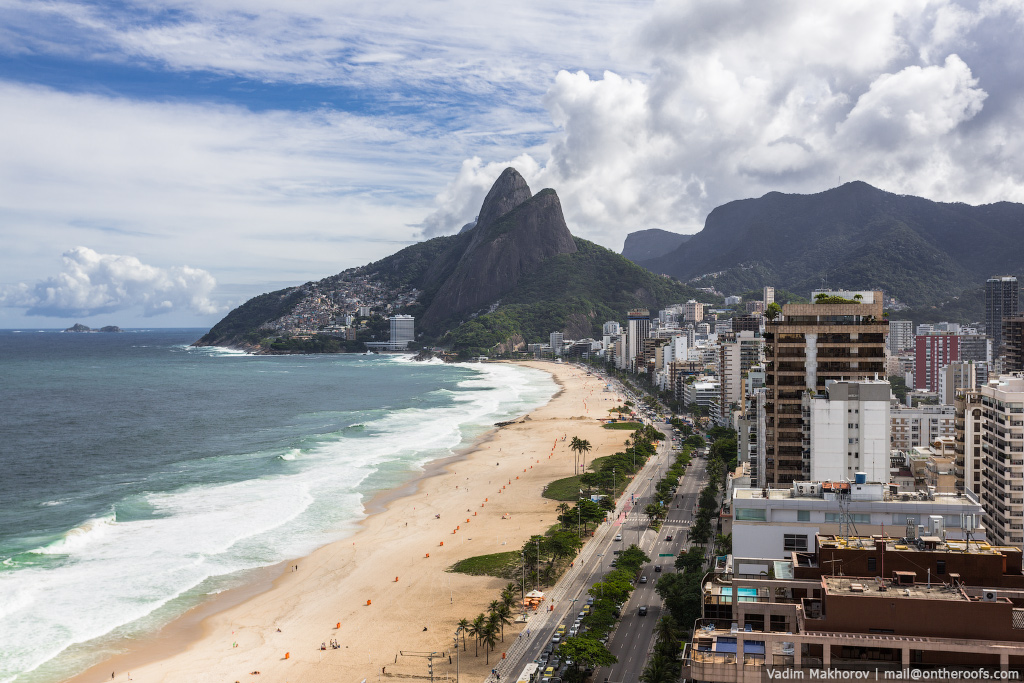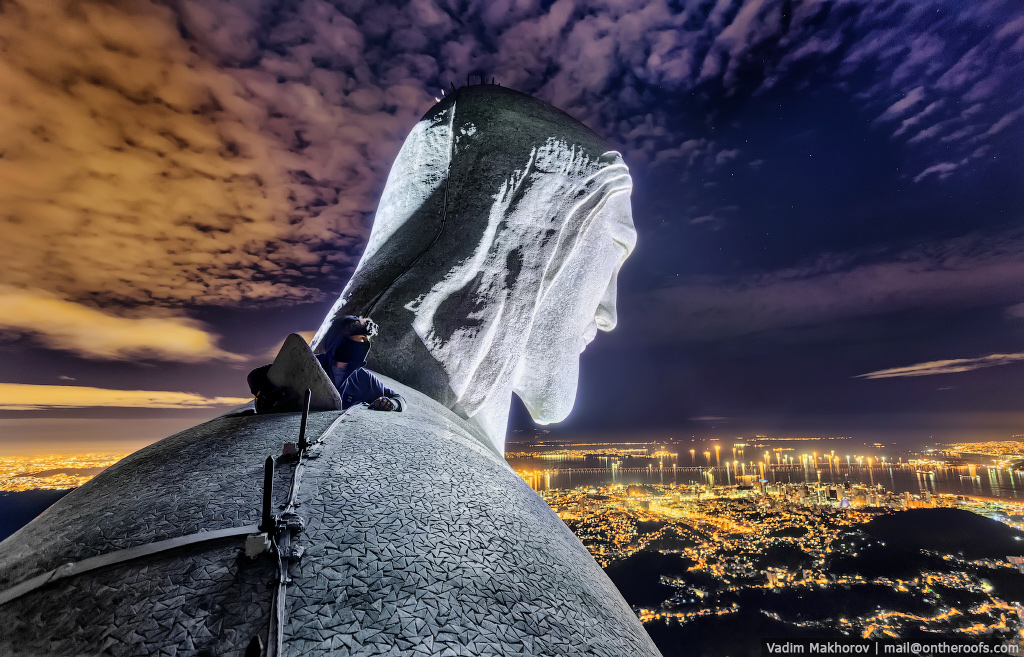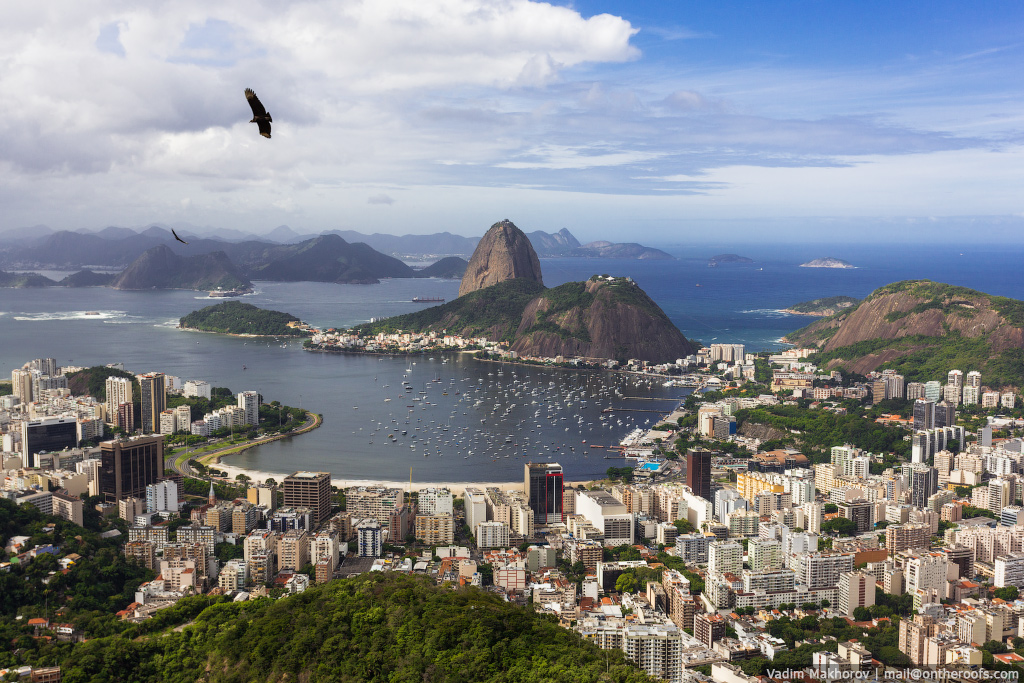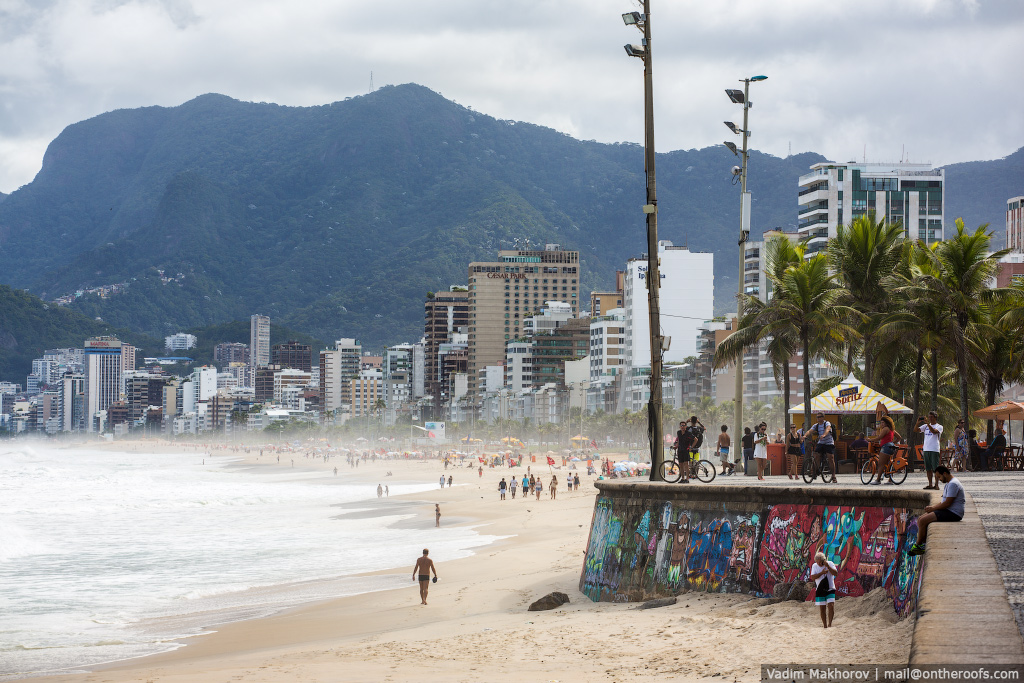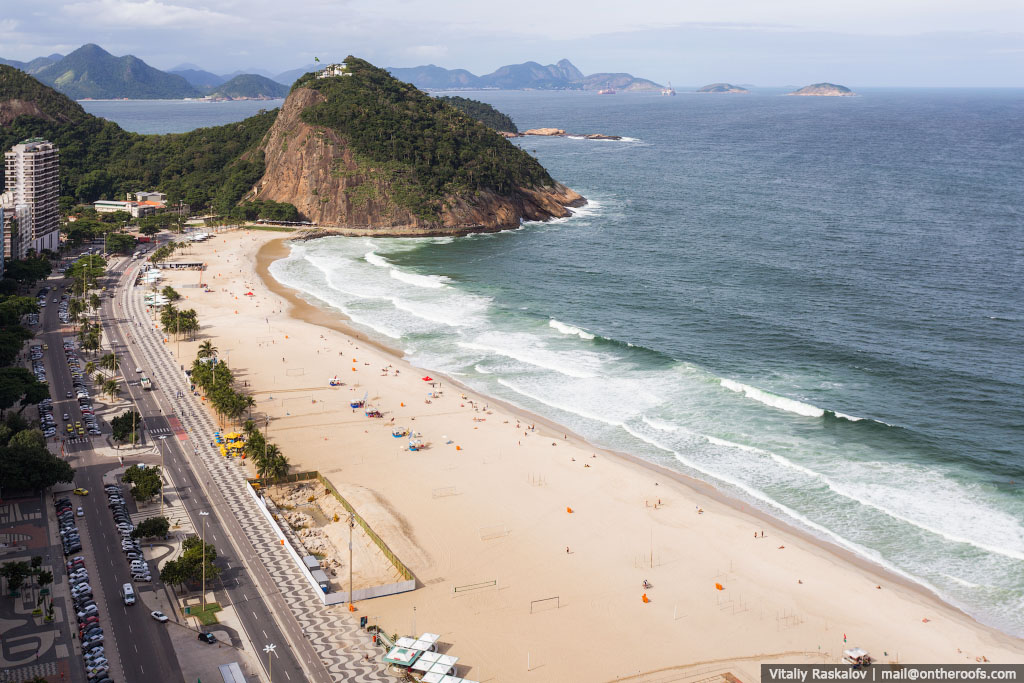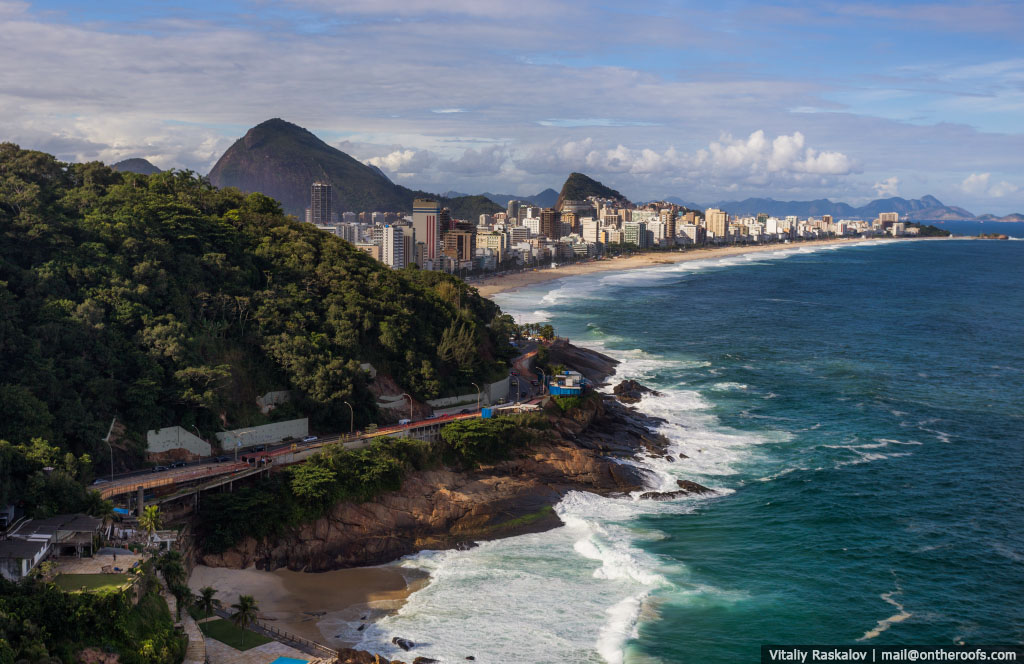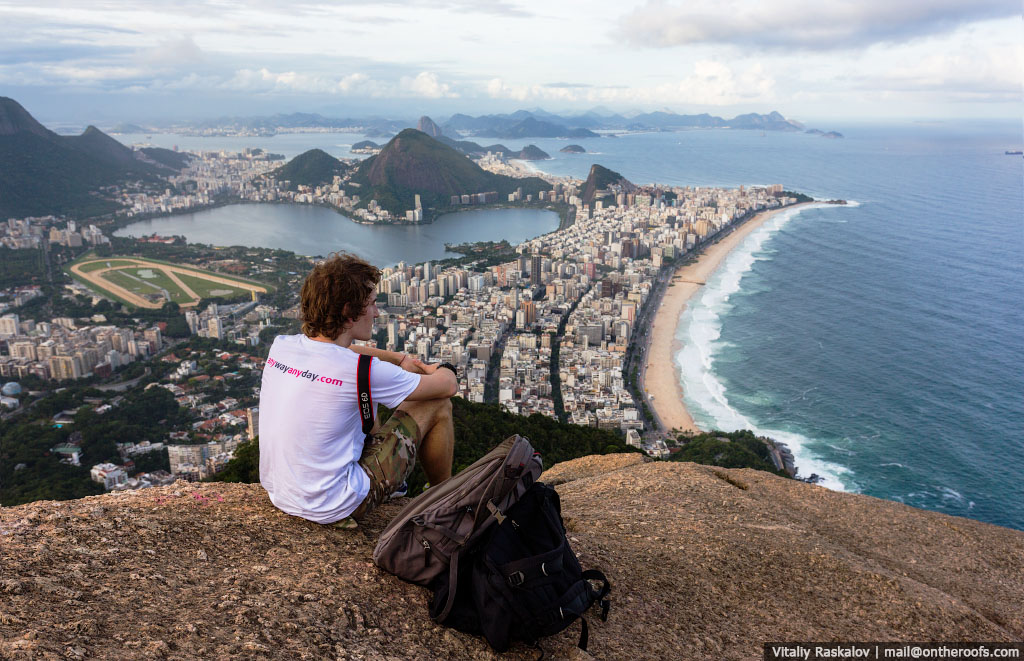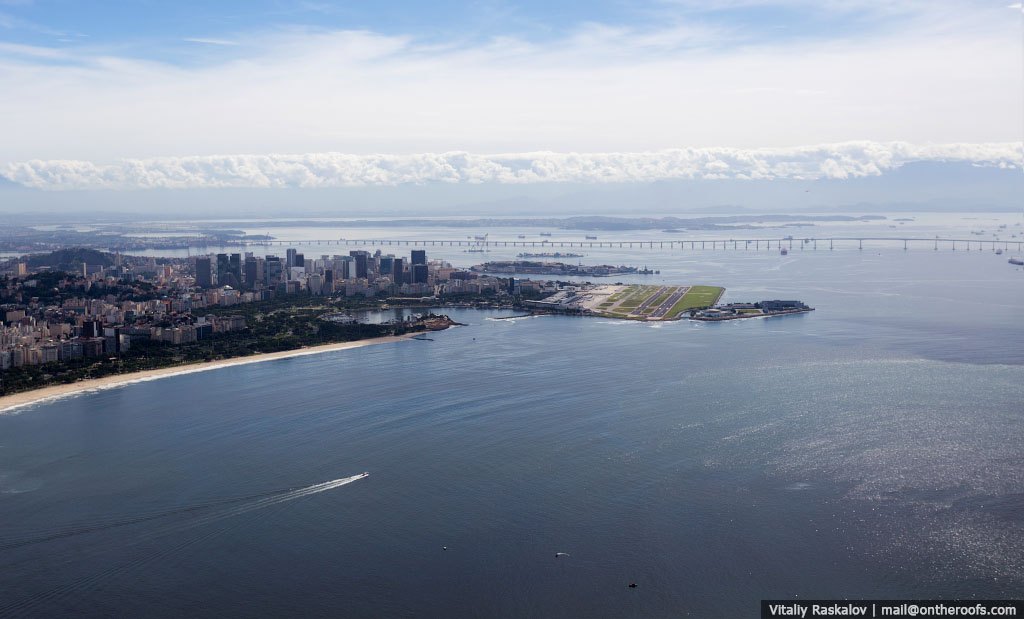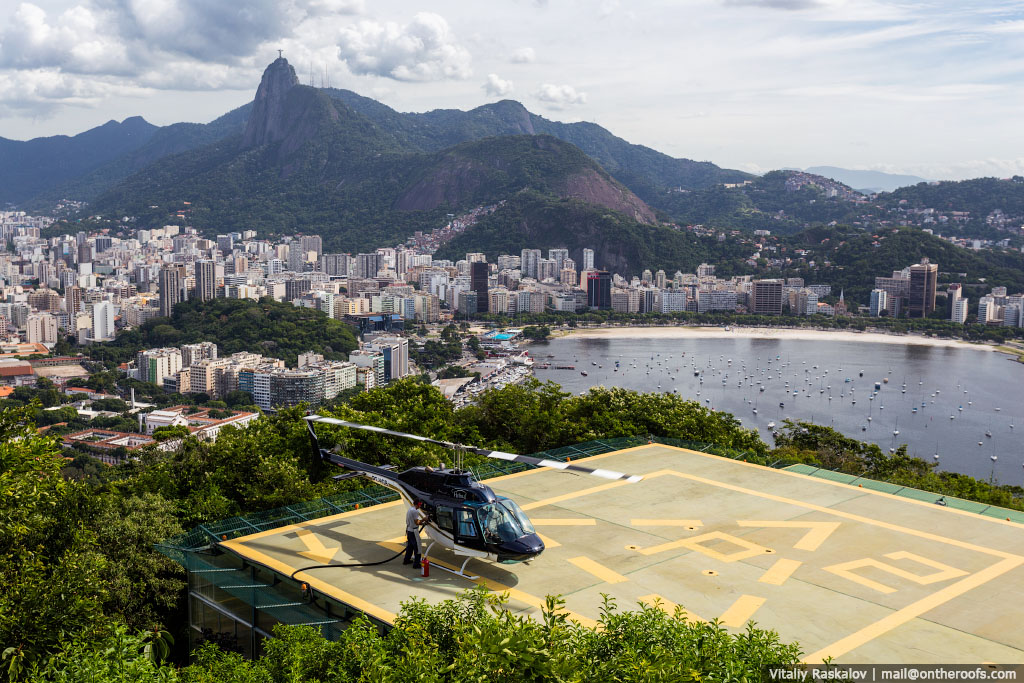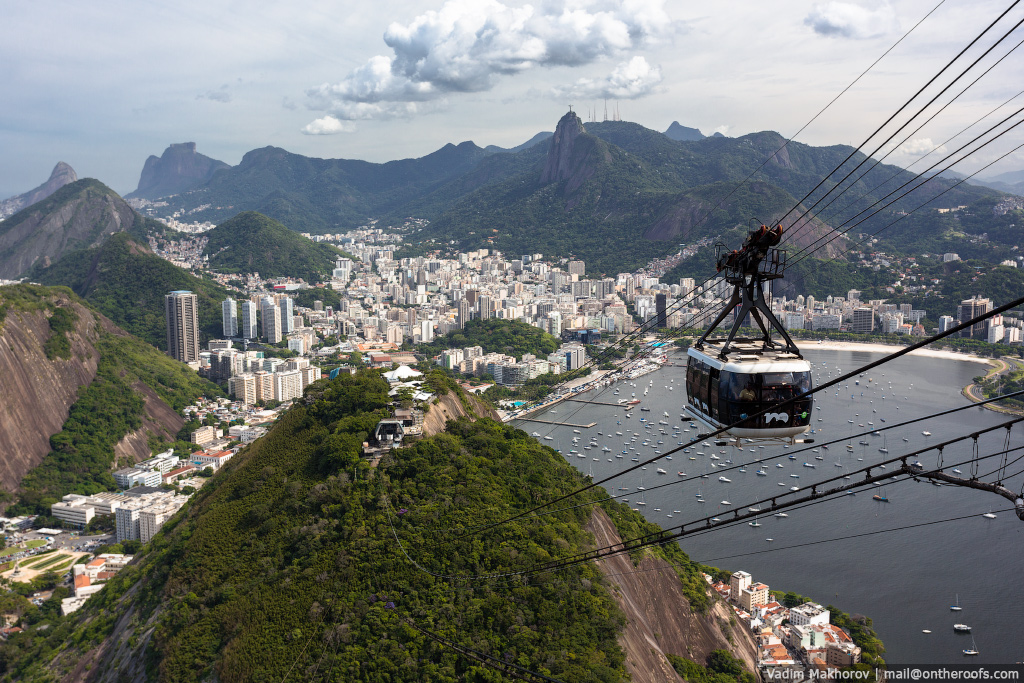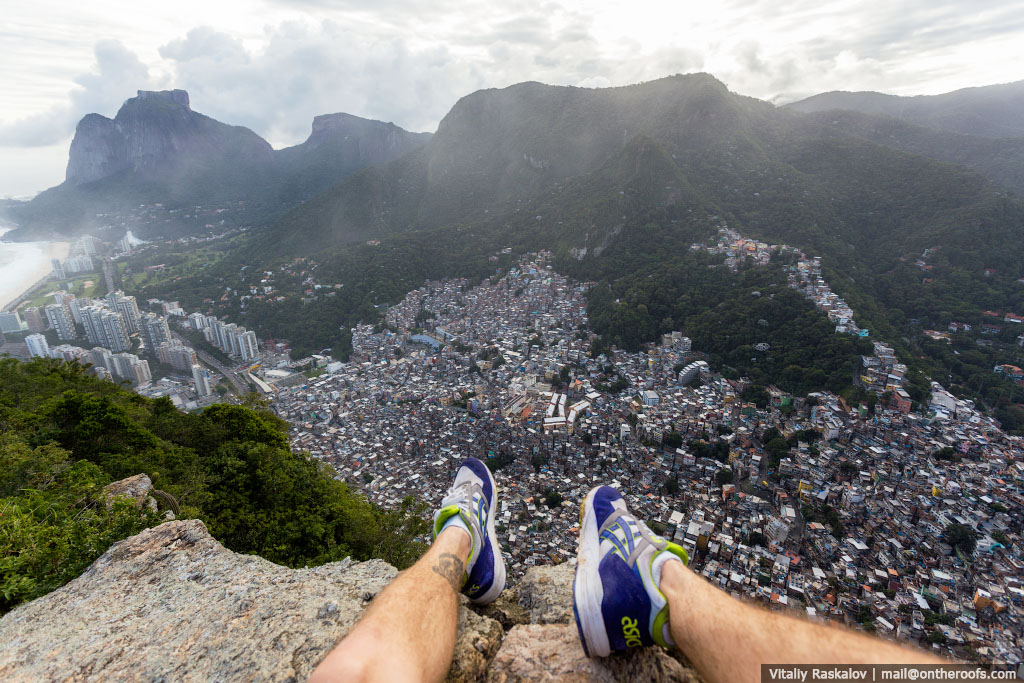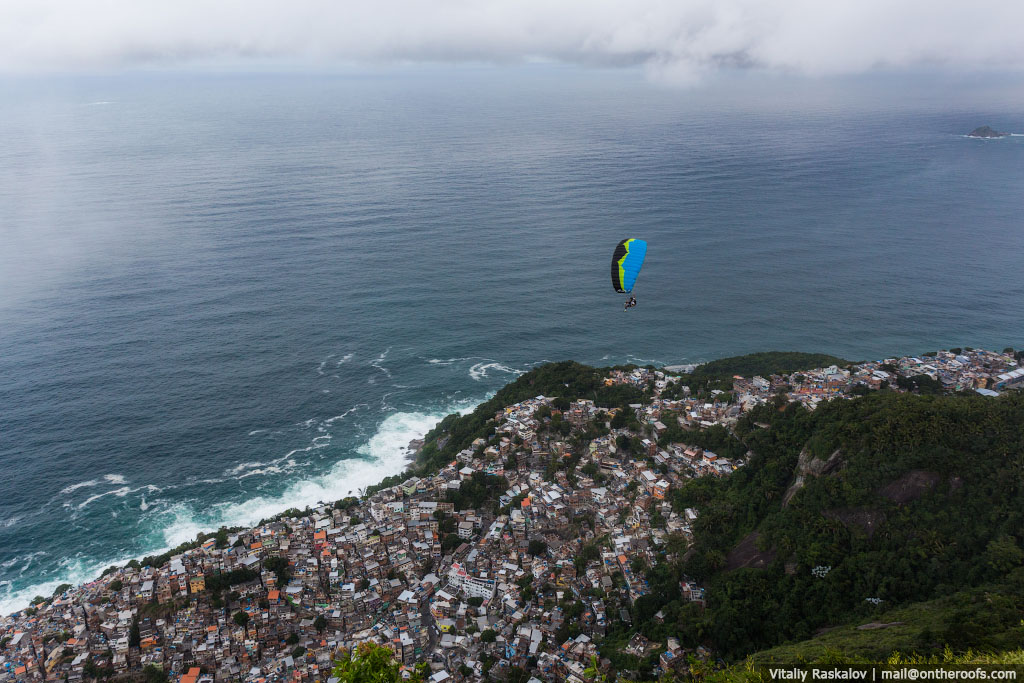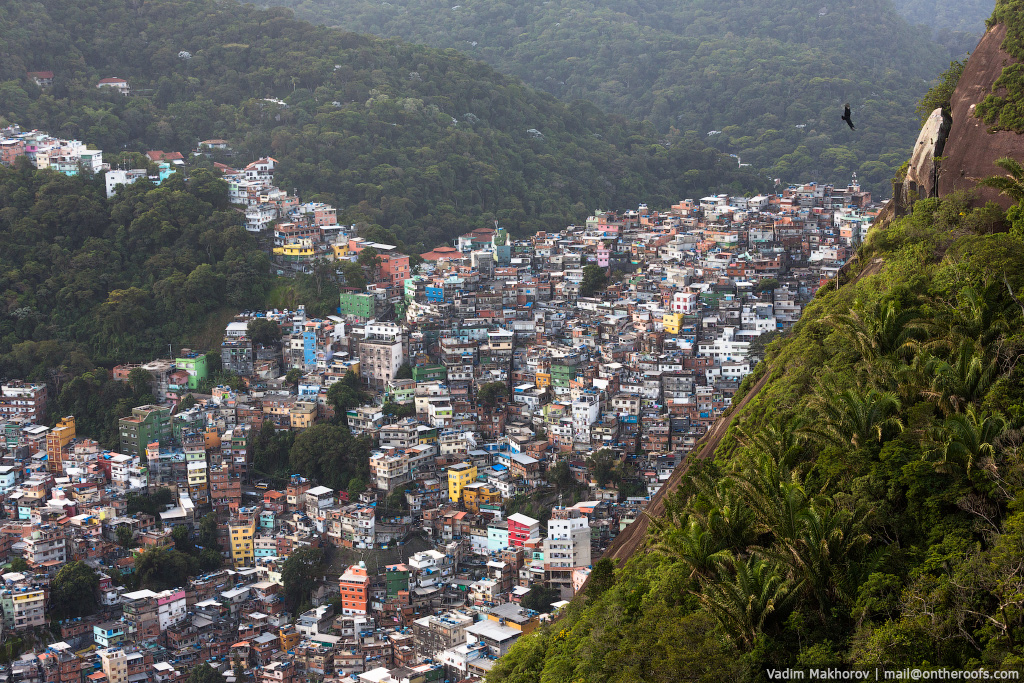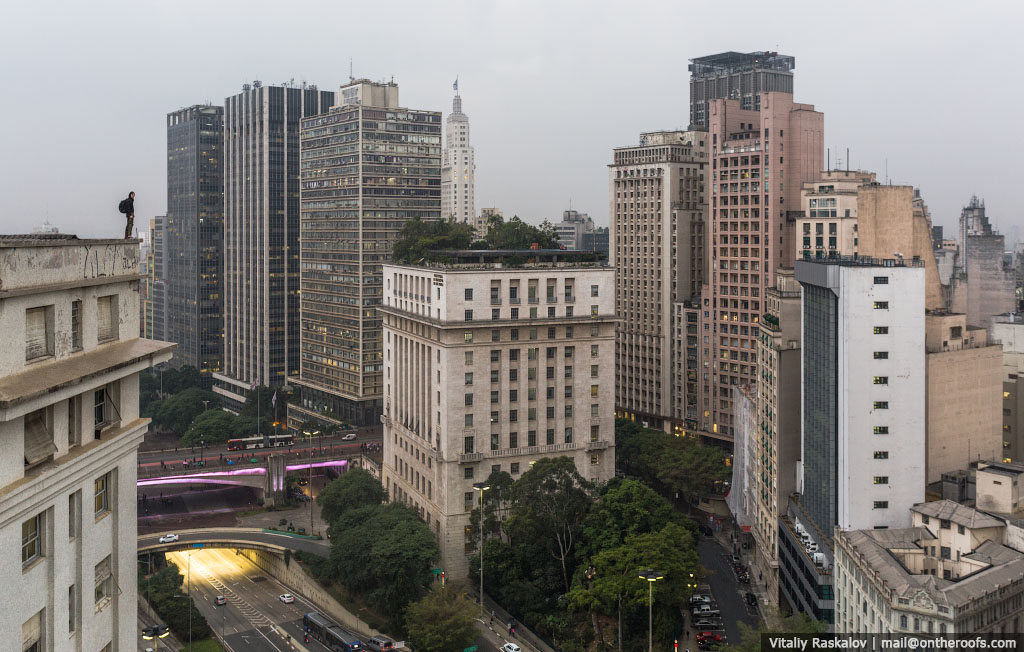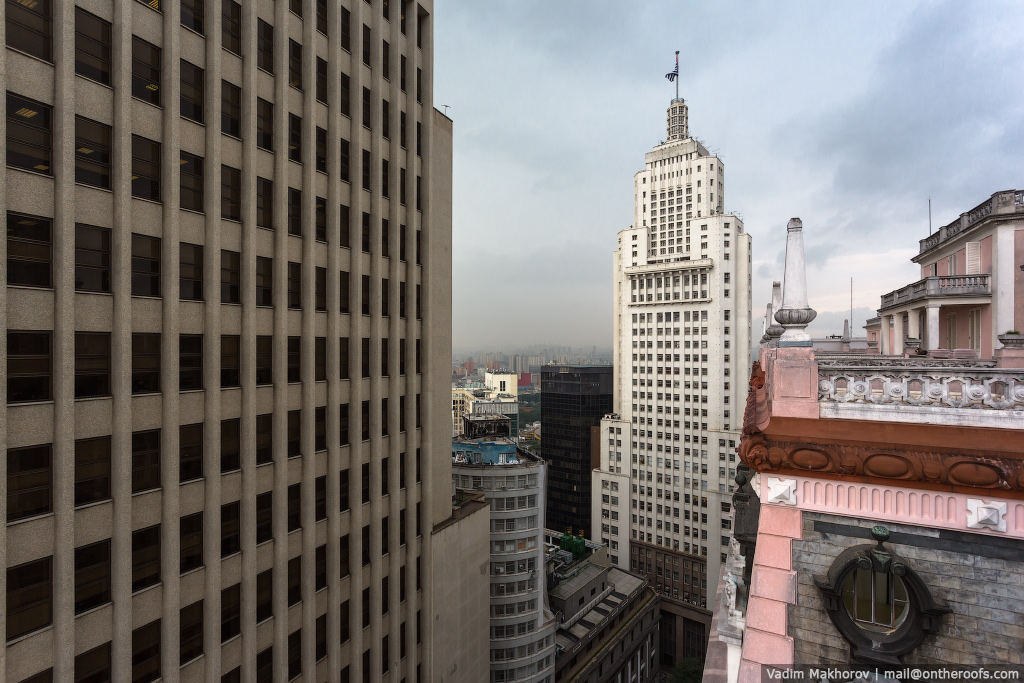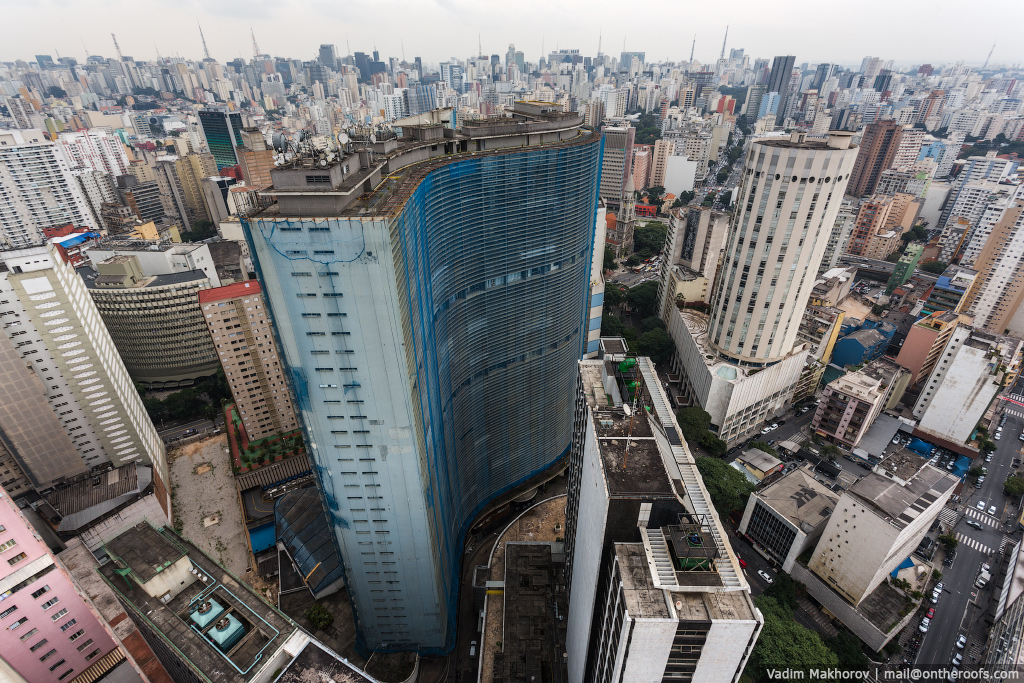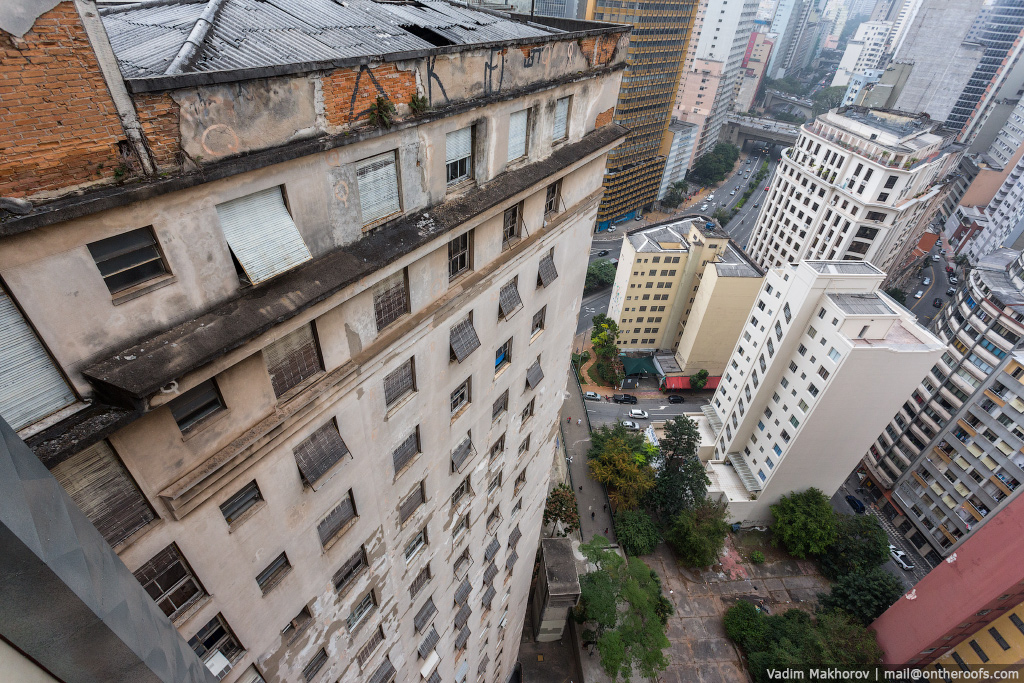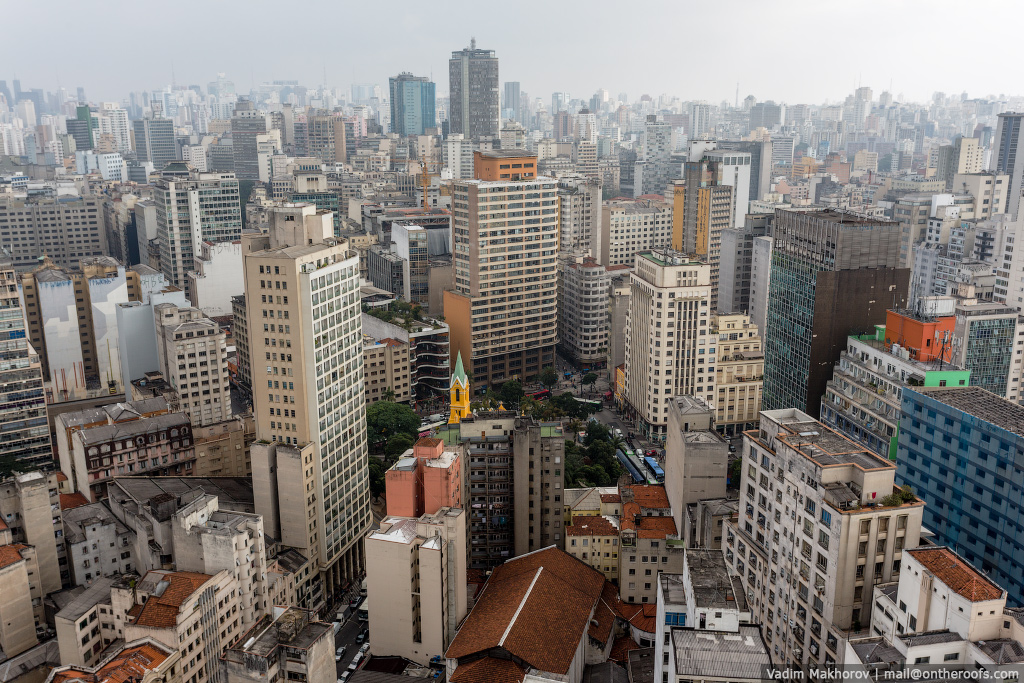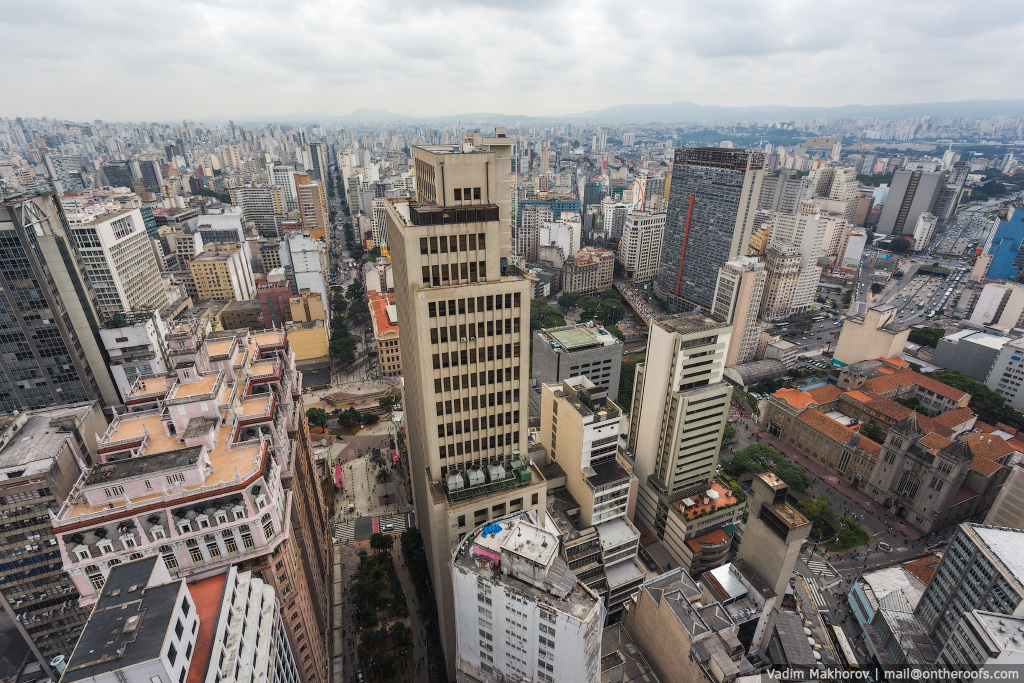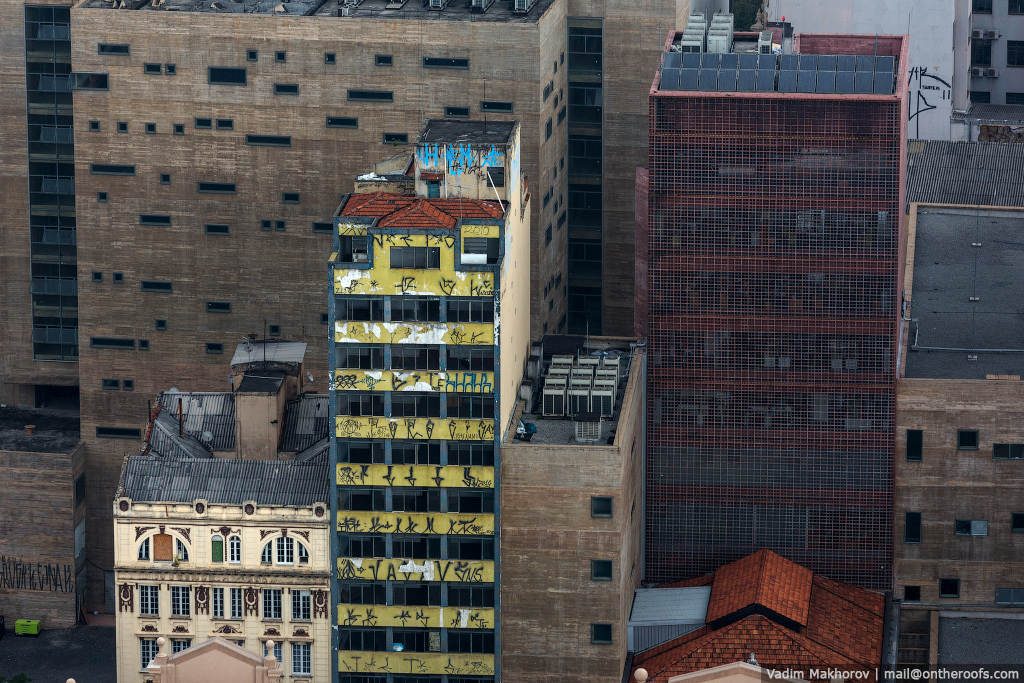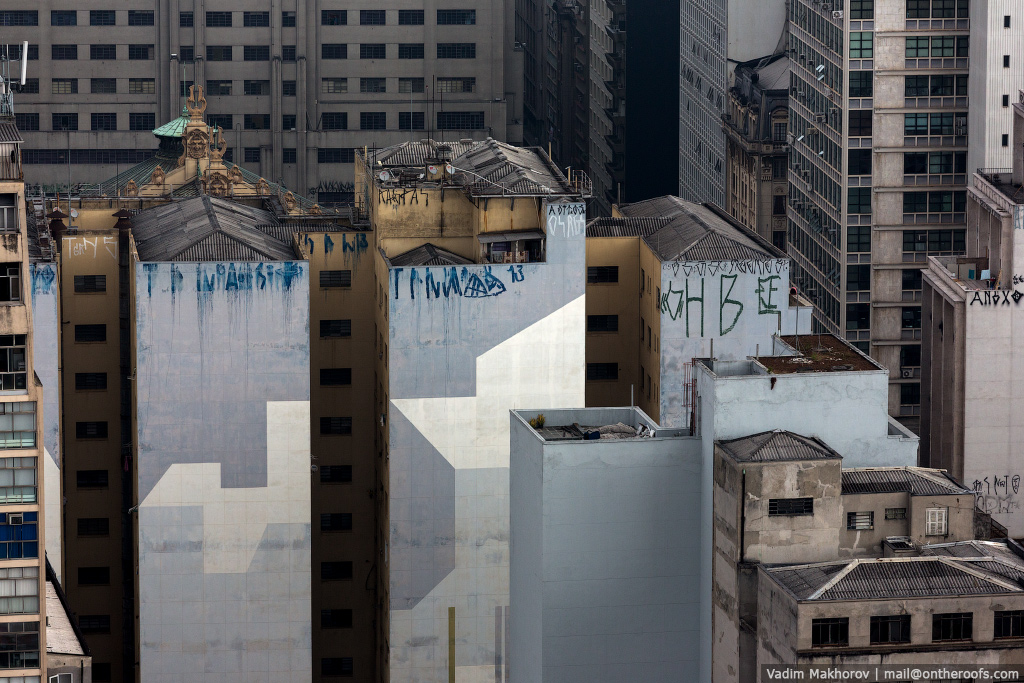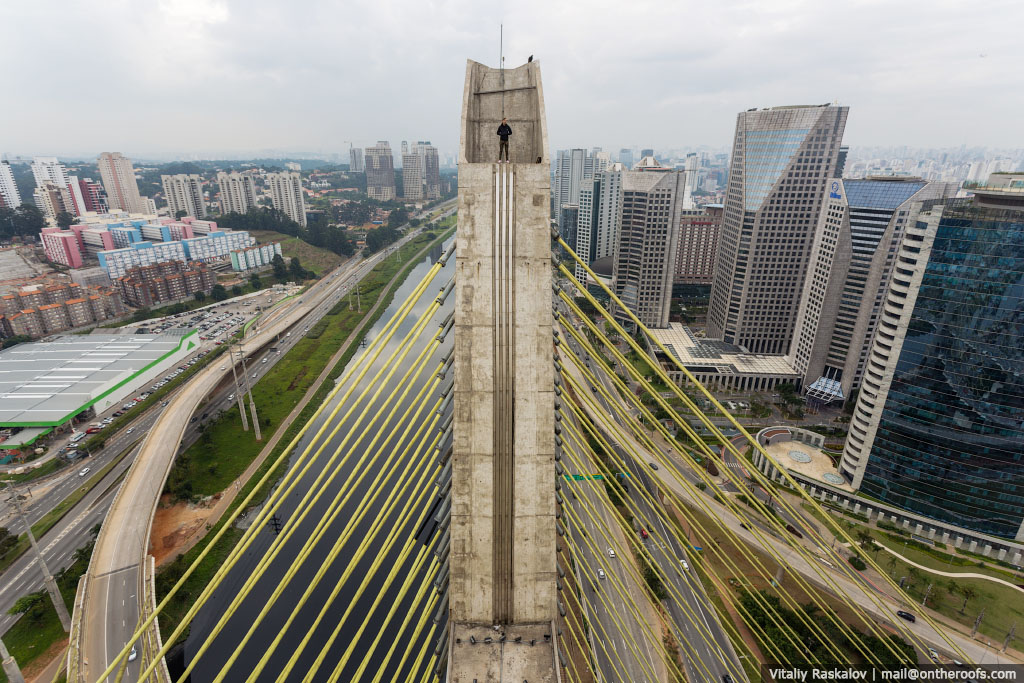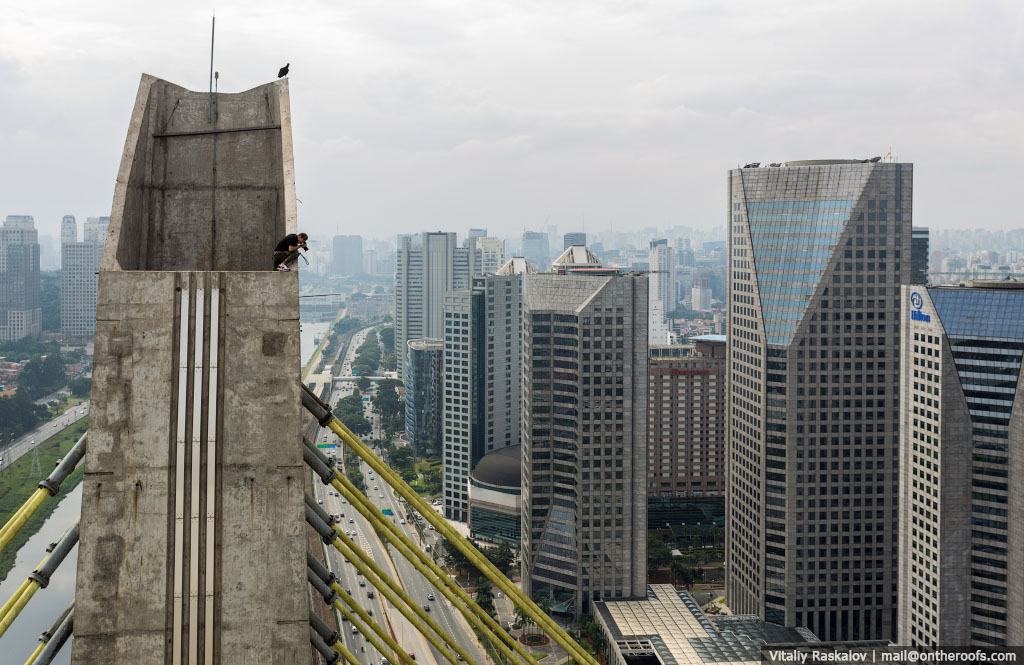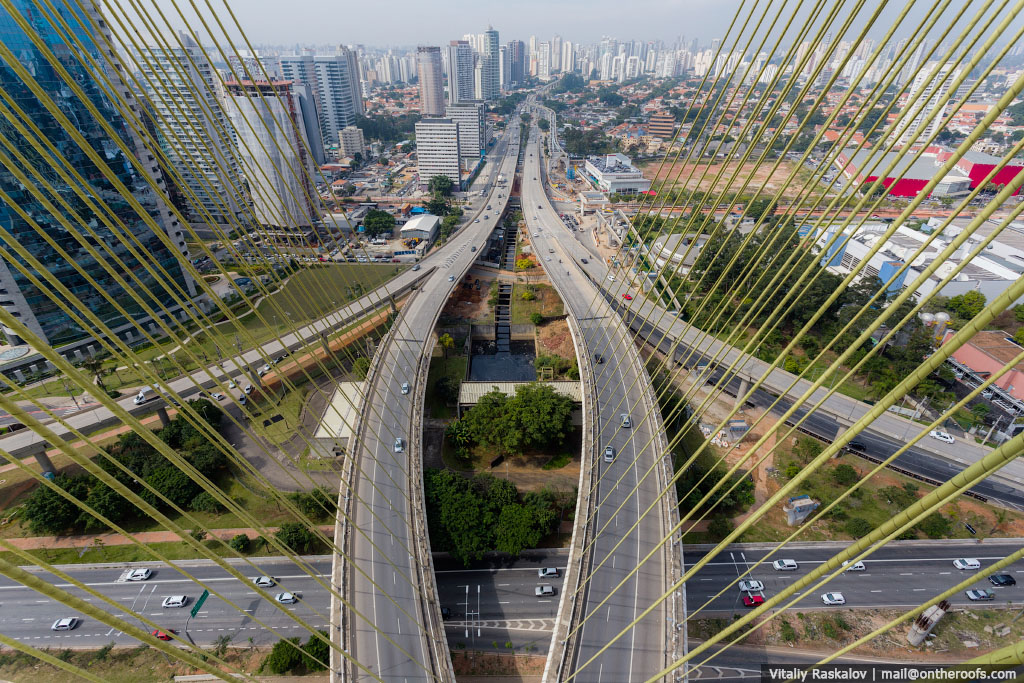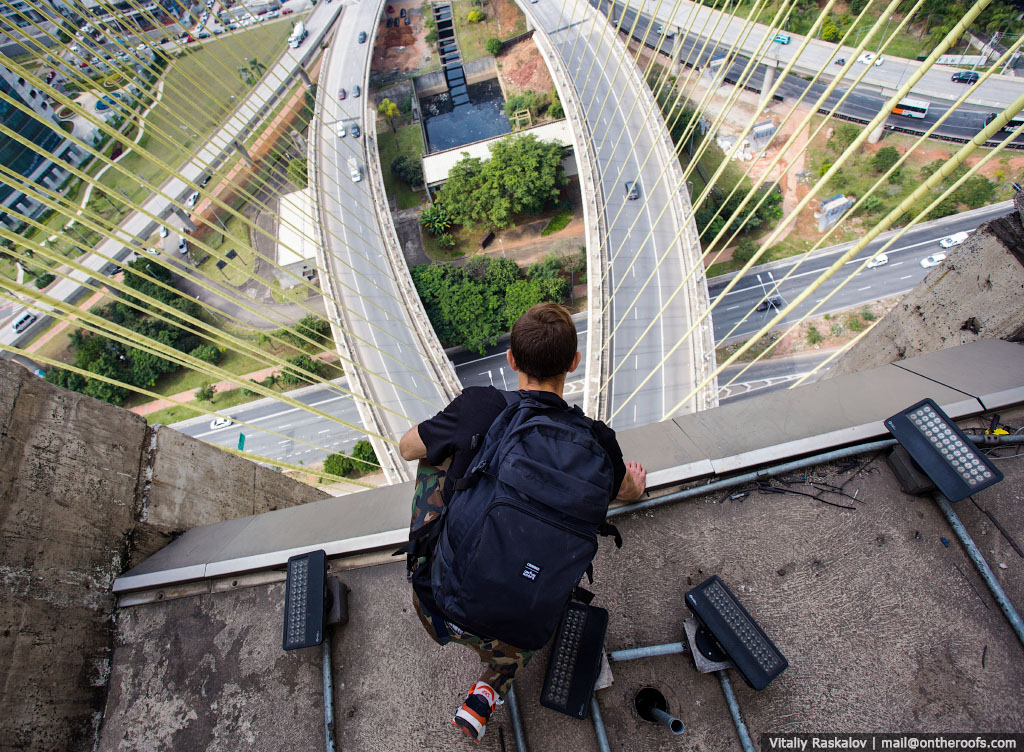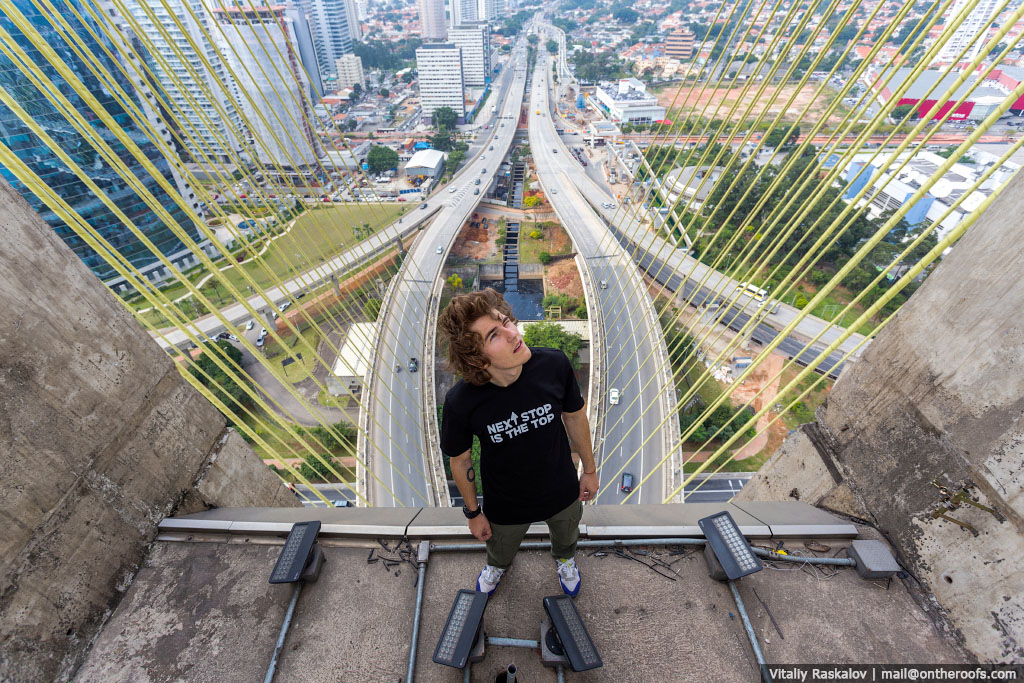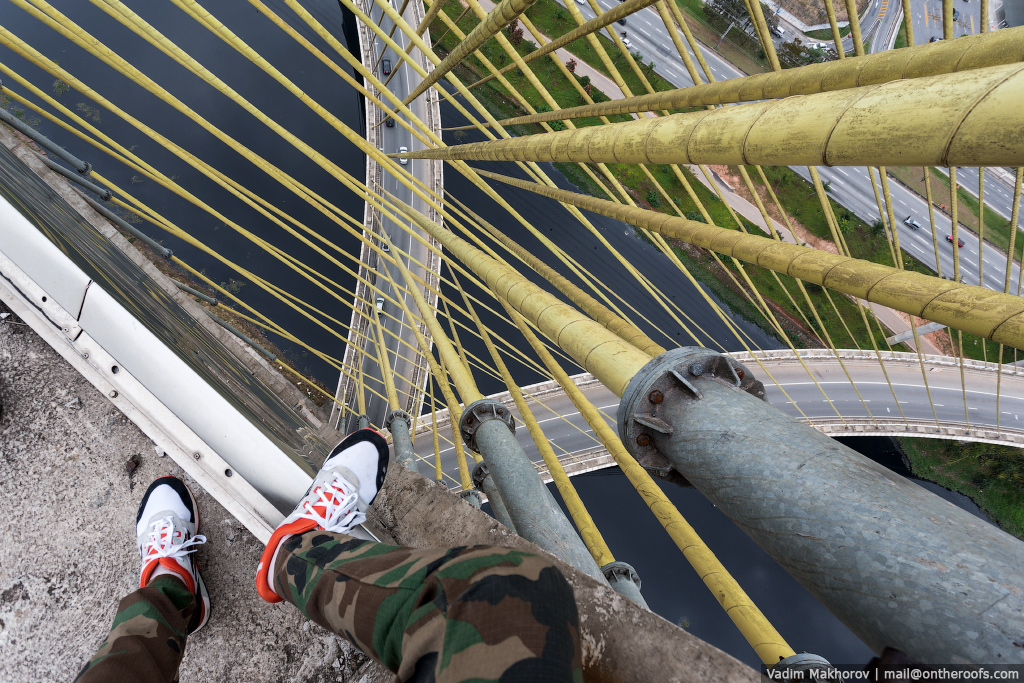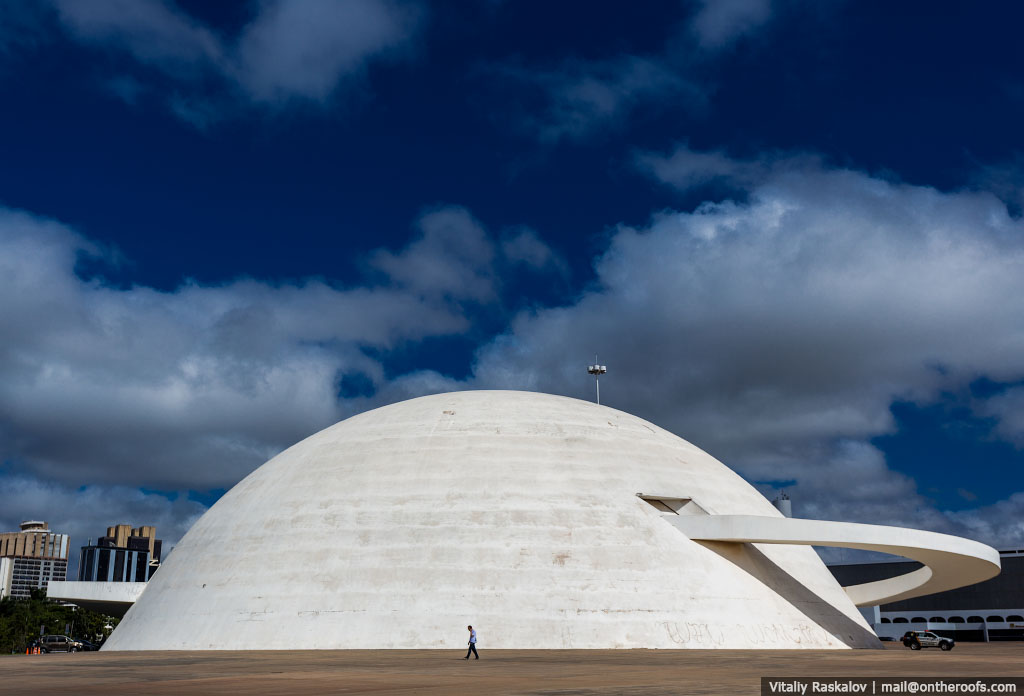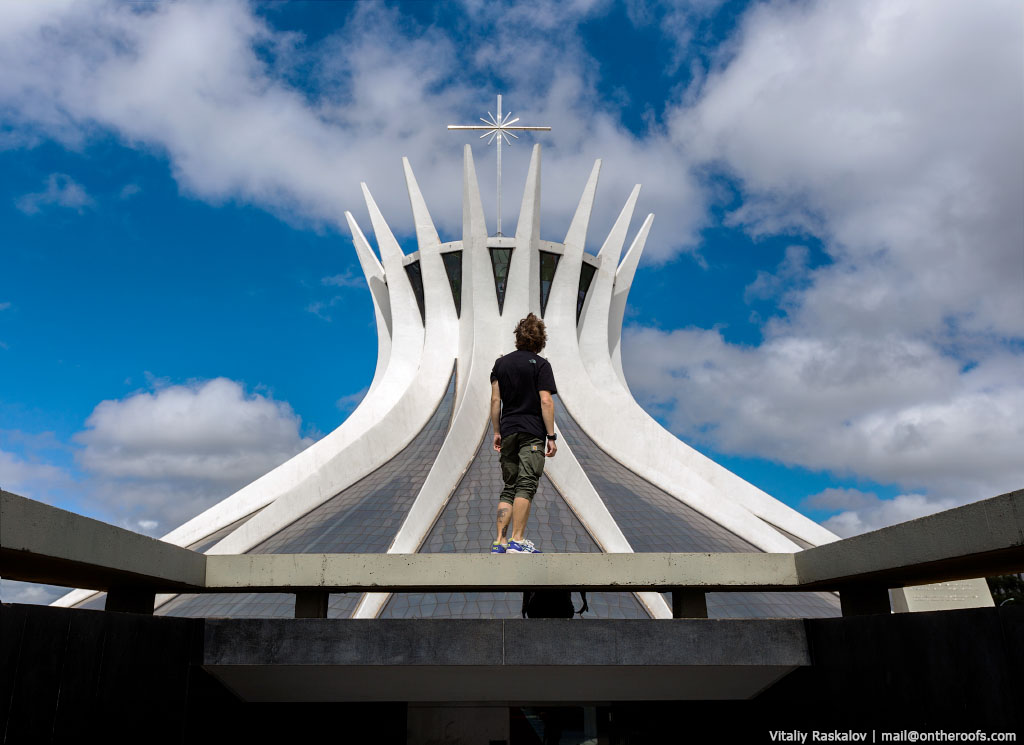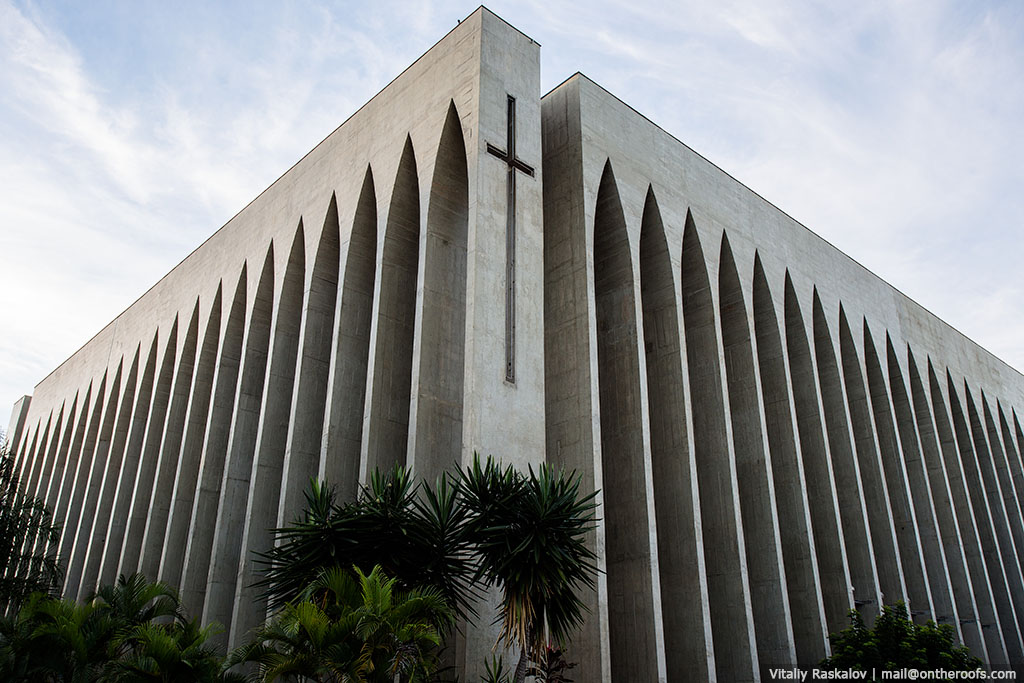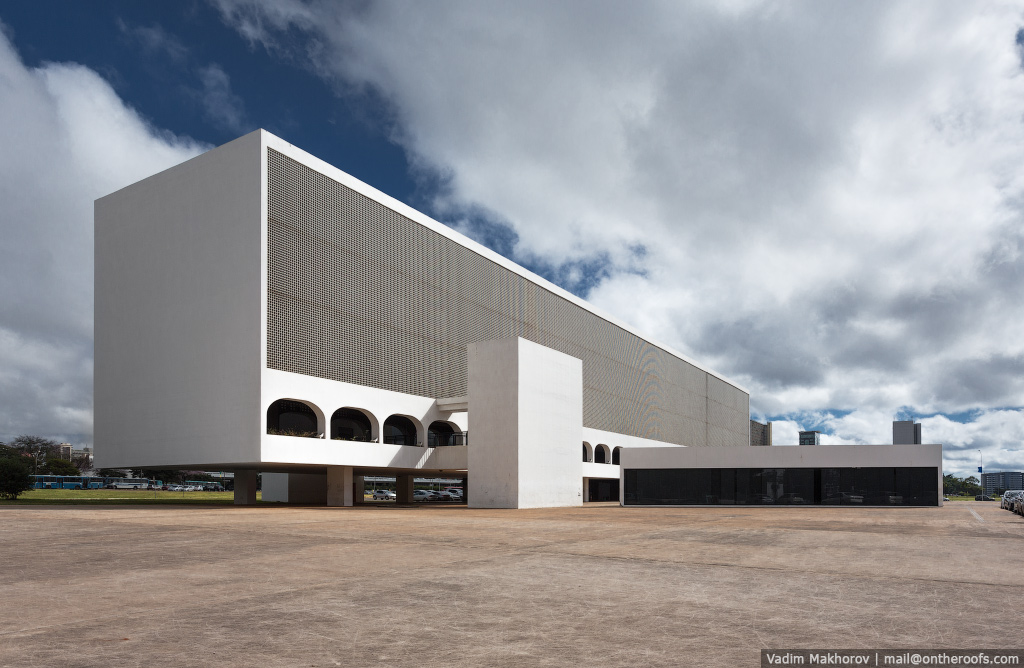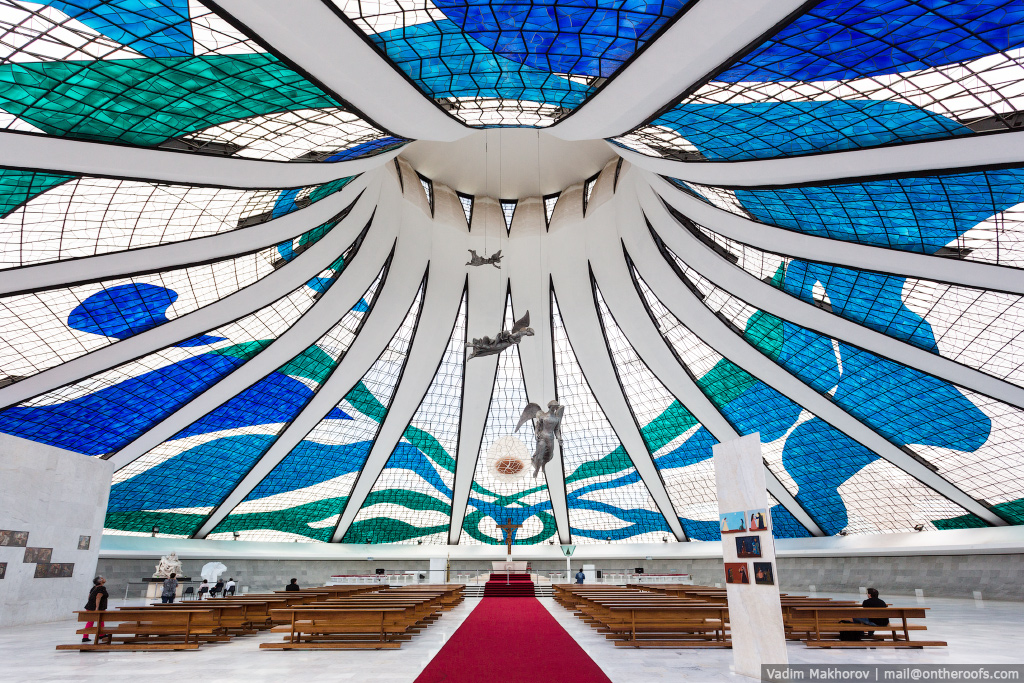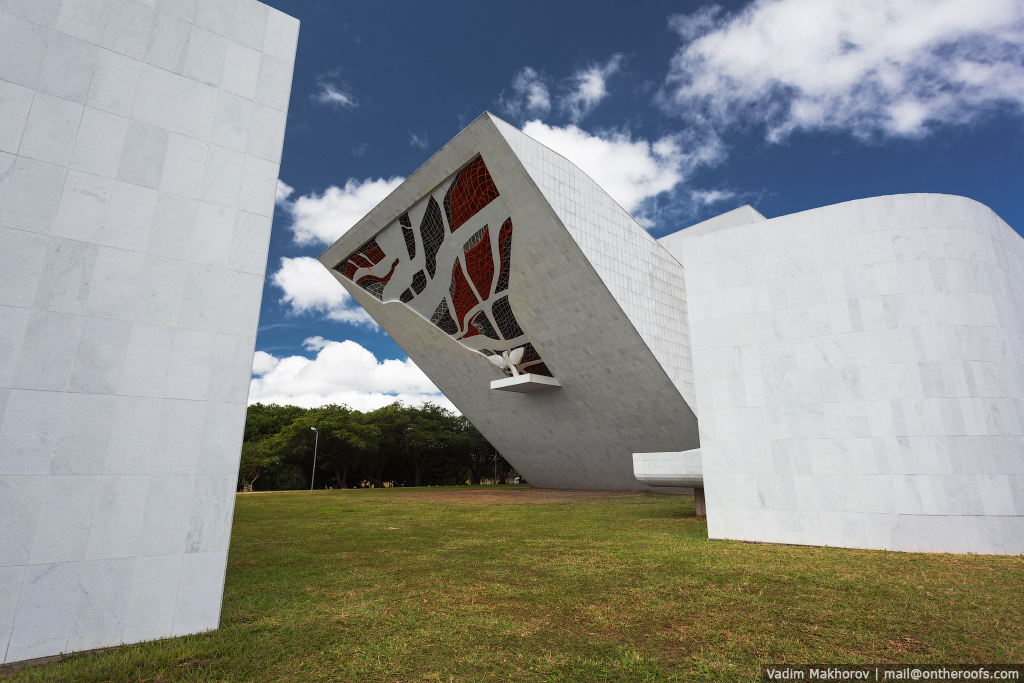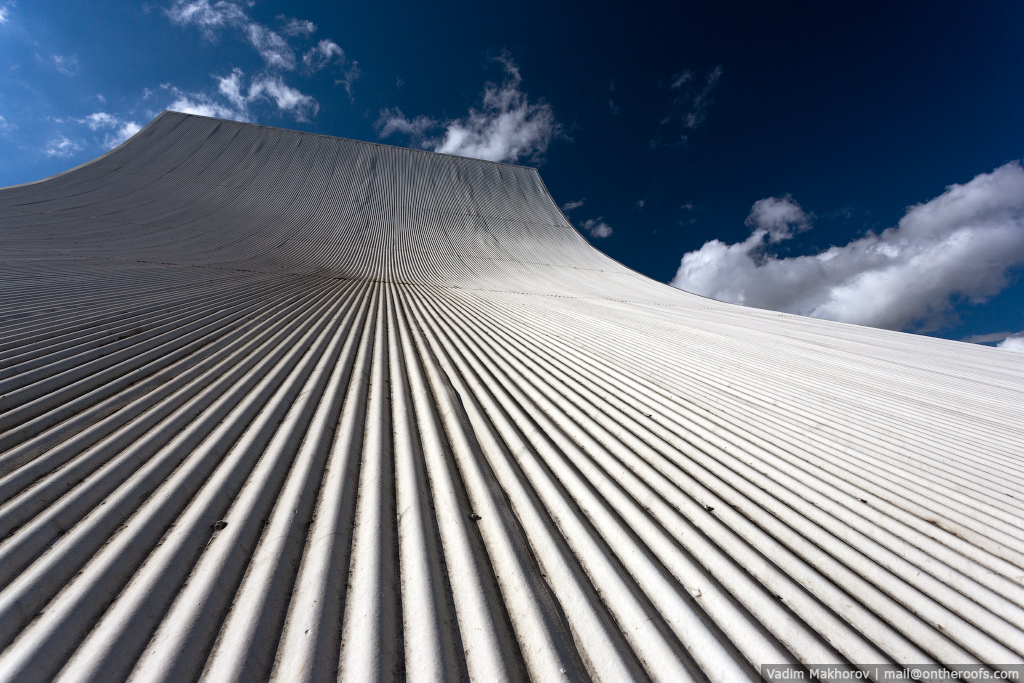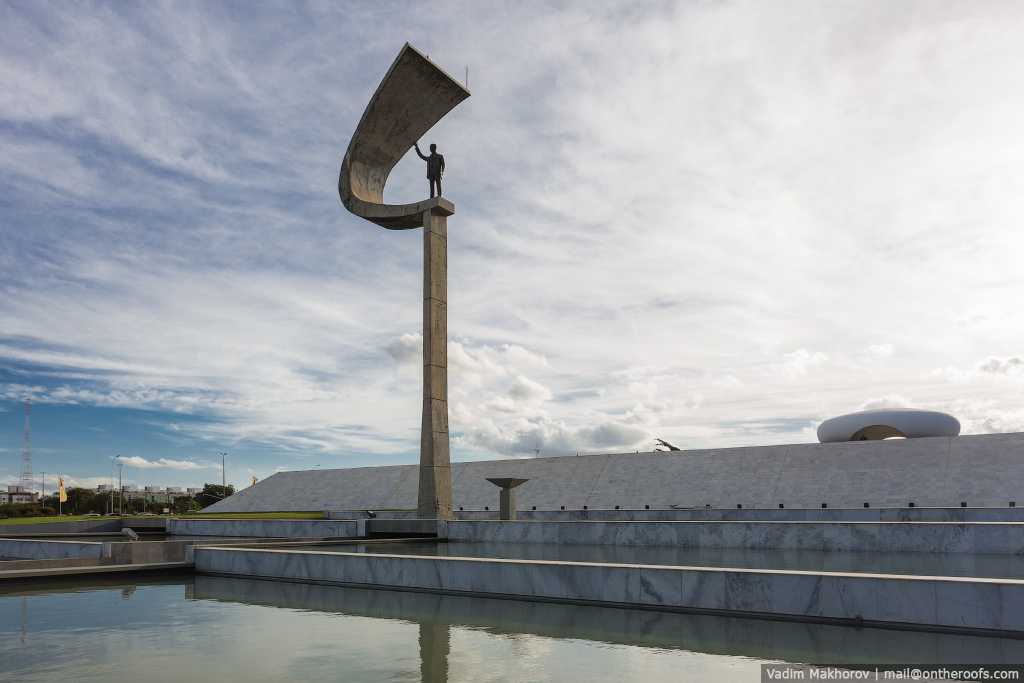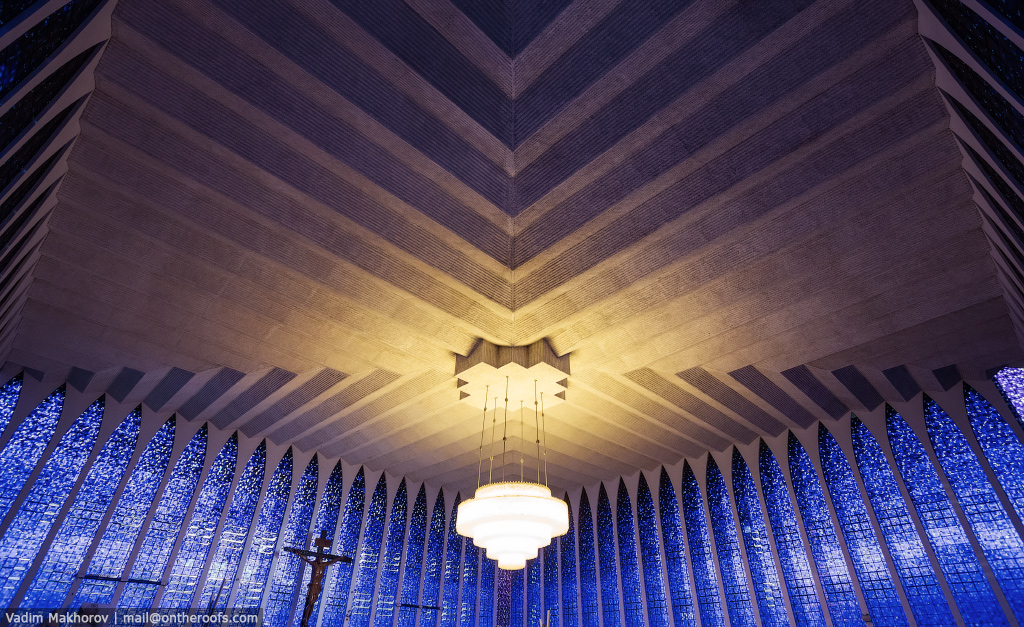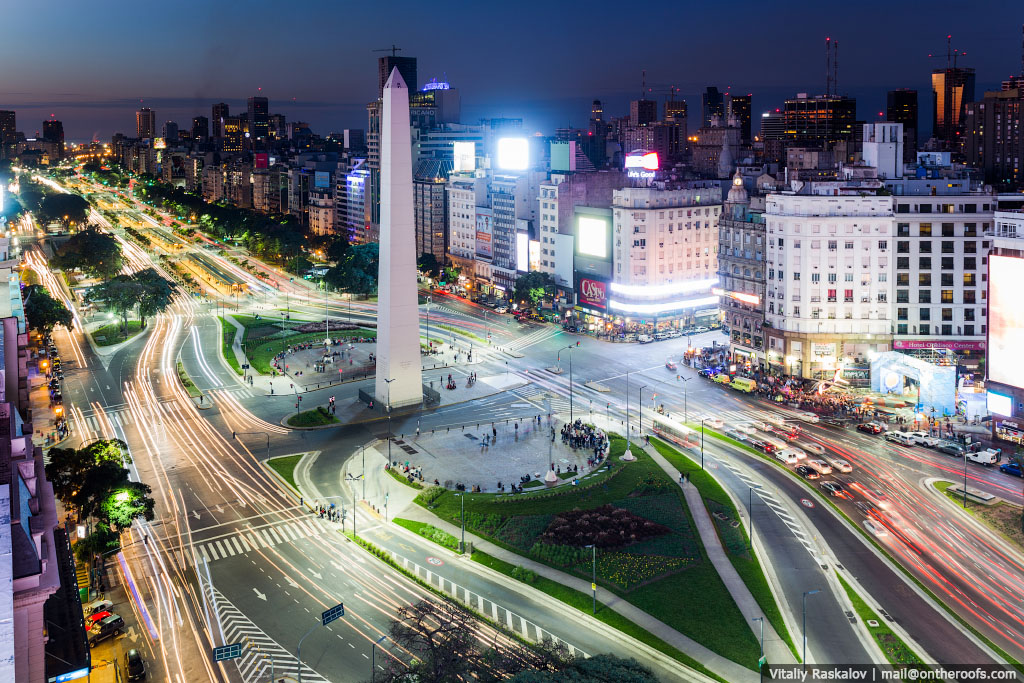We have now returned from our trip around South America. It took us a month to visit numerous sights in Brazil, Argentina, and Chile. What is a month for seeing South America? Just nothing. We were able to visit only the central and southern parts of the continent, having left the north for the future. My advice to you is: when planning a trip to South America, plan as much time as you can afford for the trip.
It so happened that our trip can be divided into two parts: the urban and the natural part. This post will be only about our urban experience, our photos from Brazil. It makes sense to roof in South America only in Brazil. As to the other countries, they are fit for the fans of the jungle, deserts, rocks, and mountains.
Rio de Janeiro is a city surrounded by incredibly beautiful landscapes. The Portuguese seamen who chose a place for their colony more than 500 years ago definitely had a sense of beauty. In Rio, just as anywhere else in South America, few people speak English, there are many molesting hobos and there are problems with finding normal food. Yet, as you come to any of the city beeches and look around, all the city problems get out of your head.
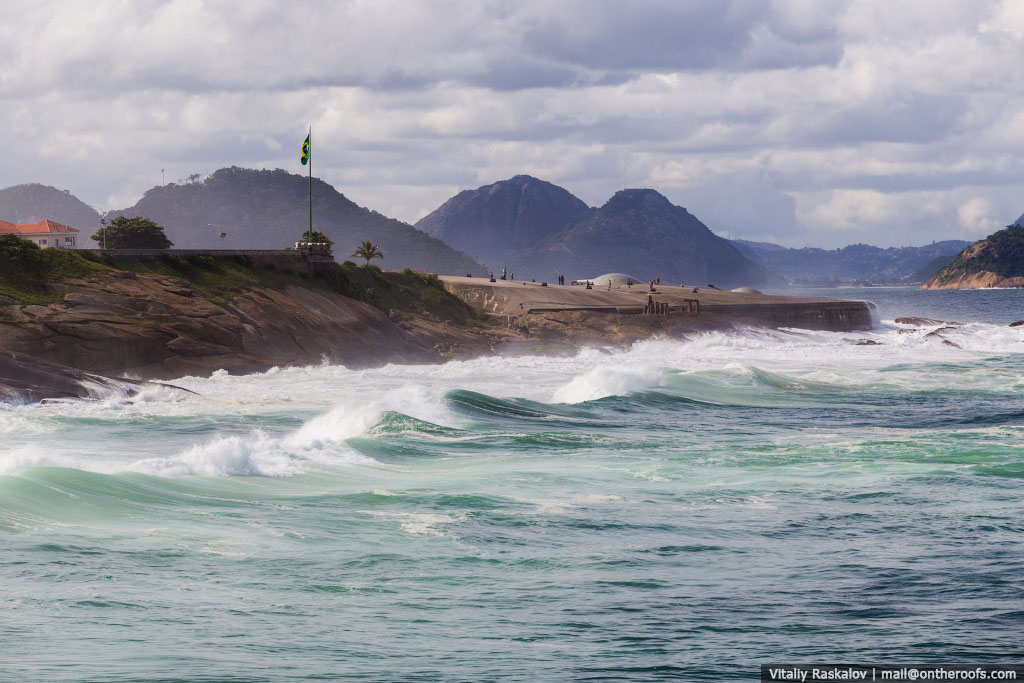
The main target of our trip was exactly in Rio de Janeiro. As I said, there are few spots in South America which can be climbed and where we could film something cool from the height. I guess it is clear that our target was the statue of Christ the Redeemer on the top of Mount Corcovado. This is a cult spot in Brazil, included into the list of the new miracles of the world. We had already climbed one structure from this list, the Pyramid of Khufu in Giza.
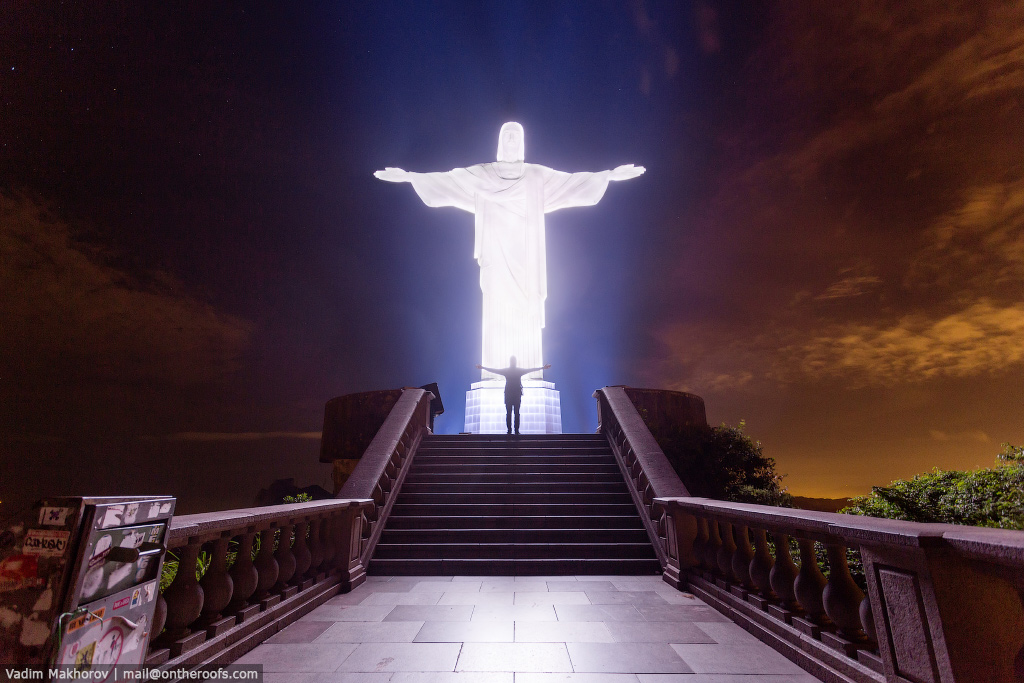
You can see how difficult it was in our new video! We recorded our adventure at night, as it was impossible to climb the statue in the daytime, in the presence of thousands of tourists.
In fact, there are no other structures to climb in Rio. Firstly, it is extremely difficult to get into a residential building due to high crime. Middle-class and rich people and hotels try to protect themselves from their poor neighbors by fences with barbed wire, electricity and surveillance cameras. Quite recently, only five years ago, the residents of favelas made raids of the beeches, stealing everything they could see. After the world football championship the situation became much better, as the government had prepared for the championship, having established special departments to combat favela crime. So, it is much better now in Rio, although many people are still afraid of keeping night vents open, if they live on lower floors.
Secondly, why should one climb roofs if there are numerous rocks downtown which one can climb and admire the magnificent views?
Rio is also famous for its slums called favelas.
Most of the favelas of Rio de Janeiro are located next to the most luxurious districts of the city. Favelas emerged when hundreds of thousands of people rushed to Rio from all over Brazil in search of a better life. They did not have money to rent normal housing, so they erected slums where they liked. In this sense, their tastes coincided with those of the rich. So, villas became surrounded by slums.
The term “favela” emerged at the end of the nineteenth century to name that part of the Hill of Providence (Providencia), on which the first slums began to be built. The first slum in Rio was named “Morro da Favela” (the “Favela Hill”).
Favela de Rocinha is the largest favela in Rio and in Brazil. The population of Rocinha is about 200,000. There are many two- and three-storied buildings there, many of which have sewage, water supply, and electricity. Now there is Internet and satellite television in Rocinha.
After Rio, we went to San Paulo.
San Paulo has a totally different architecture, which is a mixture of different epochs and styles. There are many ancient buildings, museums, and churches there. At the same time, San Paulo is one of the most modern cities, with high-rise buildings made of glass and metal. Such a combination of styles does not look gaudy or alien — on the contrary, an ancient church may look harmonious against the most modern background. The largest city in the southern hemisphere has the population of over 20 million.
An ancient temple can look natural in front of a modern building. This is one of the biggest cities in the southern hemisphere with the population of more than 20 million people, including the suburbs.
At the same time, when you’re in Sao Paulo, it feels like hobos and druggies run the city. They are everywhere, hanging out under every bridge and even in the central square. These are the outcomes of the warm climate and the financial crisis. Against Sao Paulo, in Siberia, where I grew up, there aren’t any hobos because we have severe winters and the homeless simply don’t have anywhere to come to.
Sao Paulo is drowning in graffiti, and you can see both rather decent pictures and trivial bombing sometimes covering a whole building regardless its height and location.
To tell the truth, we expected something different. We’d been picturing never-ending skyscrapers and awesome shots made from theirs tops, but it all went elsewise.
Our next stop was the capital of Brazil – the city with the almost same name as the country’s – Brasilia.
The capital of Brazil is situated in the very center of the Plateau of Brazil. When deciding where the city would be built, they were intentionally seeking a place as far as possible from the other major industrial centers of Brazil – Rio de Janeiro and Sao Paulo.
The city layout is unusual. In the very center of the city, you can come across the unrivaled masterpieces of architect Oscar Niemeyer – office blocks and public buildings. But once you reach the “wing” of “the airplane” (the city layout has the shape of an airplane), you spot hookers and rats right away. We were staying in that kind of neighborhood.
Although Brasilia is proud of the fact that it was built strictly according to the plan, the design didn’t take the builders into account, who were supposed to go back home after the grand opening of the capital of Brazil. Yet, they chose to stay in Brasilia but couldn’t afford living in the expensive apartments they had built, so they had to settle down beyond the green zone of Brasilia. Soon there were several cities bigger than Brasilia itself. Today, only 400 thousand people live in the city that was originally designed, with many of the apartments empty and almost 2 million citizens have settled down in the satellite towns, which weren’t in the original plan.
Although it was designed to create equal conditions for everyone, income differences made the population split and populate different towns. Uncontrollable population boom and social barriers cause crime (according to some reports, up to two murders occur in Brasilia every single day) and other social and economic problems common for every big city. The young capital of Brazil is going through “growth pains”.
Despite everything, Brazil gave us the most positive impressions. I will come back one day to see the other places.
This is where the city part ends. Perhaps, the pictures from Buenos Aires will be a small bonus.
Thanks for staying tuned!



